Haag Hall
Introduction
Text-to-speech Audio
Known as the Liberal Arts Building for its first decade-and-a-half, this campus building doubled the University of Kansas City classroom space when it was completed in 1937. The new building gave the school its first cafeteria in addition to classrooms to accommodate the school's enrollment which had grown from 260 students in 1933 to more than 800 students. In 1951, the anonymous donor who funded the building was revealed to be local philanthropist Lena Haag. Once this was revealed, the building was named in her honor.
Images
Haag Hall viewed from the campus quad
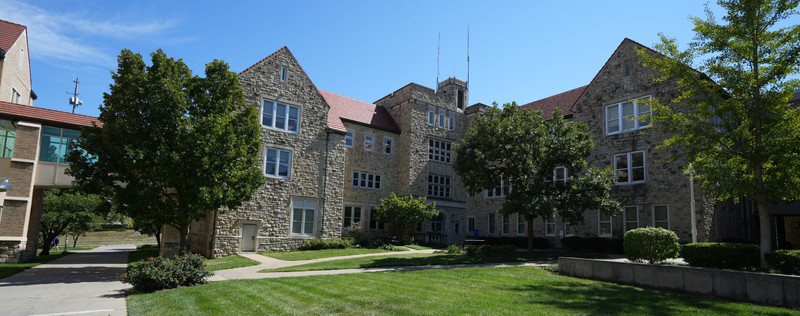
Entrance to Haag Hall
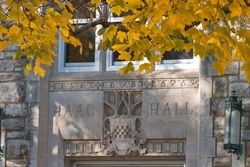
First floor entrance
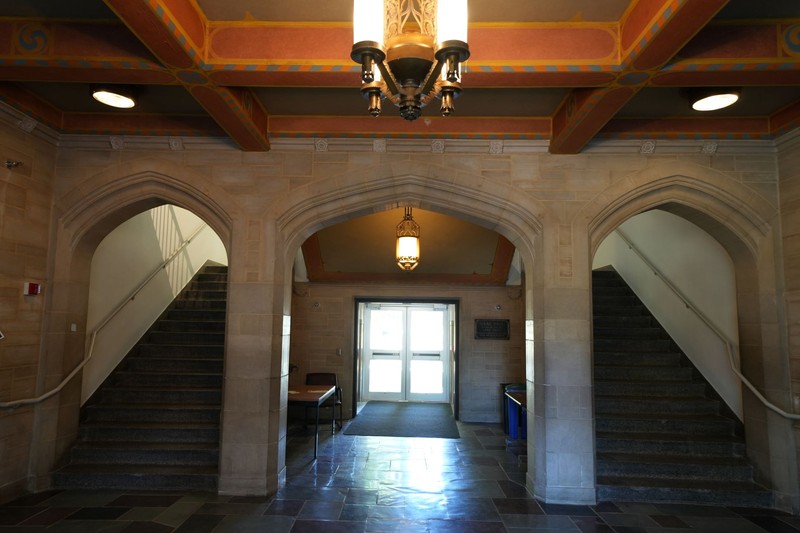
Lena Haag
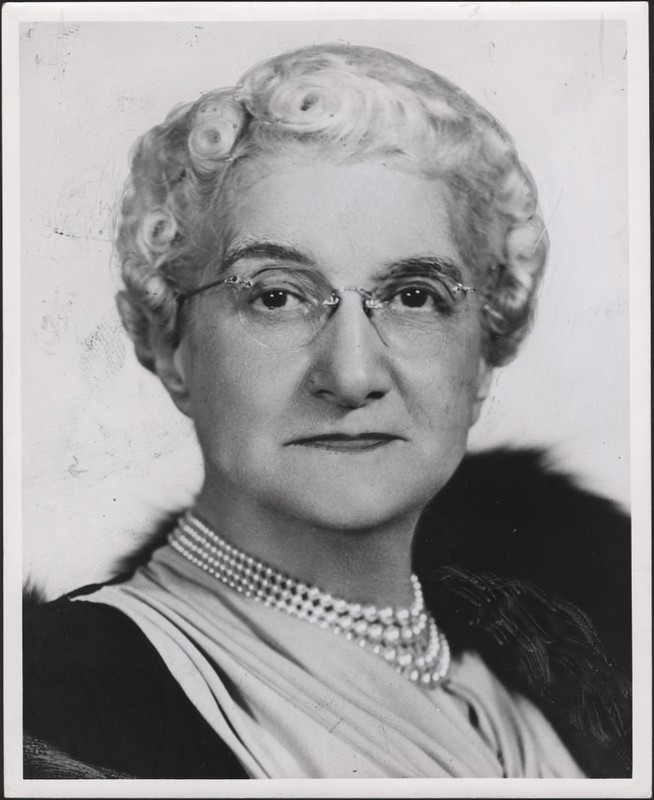
The Haag Hall memorial plaque, installed sometime after Lena Haag's death in 1951.
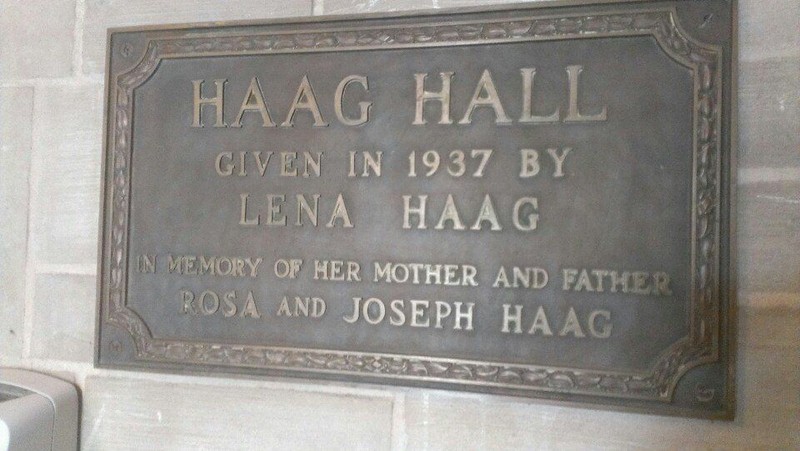
The Liberal Arts Building aka Haag Hall shortly after its dedication in 1937
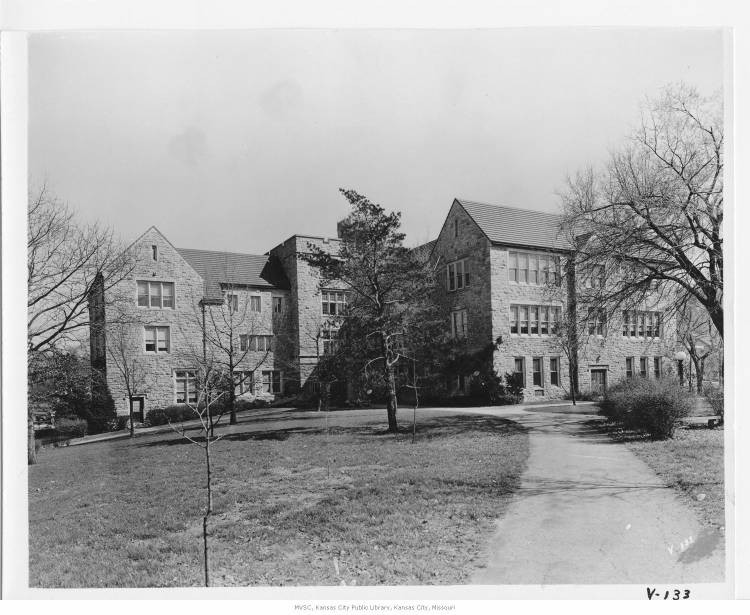
The Bell of the Valley Queen awaits the day it can ring again
.jpg)
One of the panels from Don Quixote in the Modern World
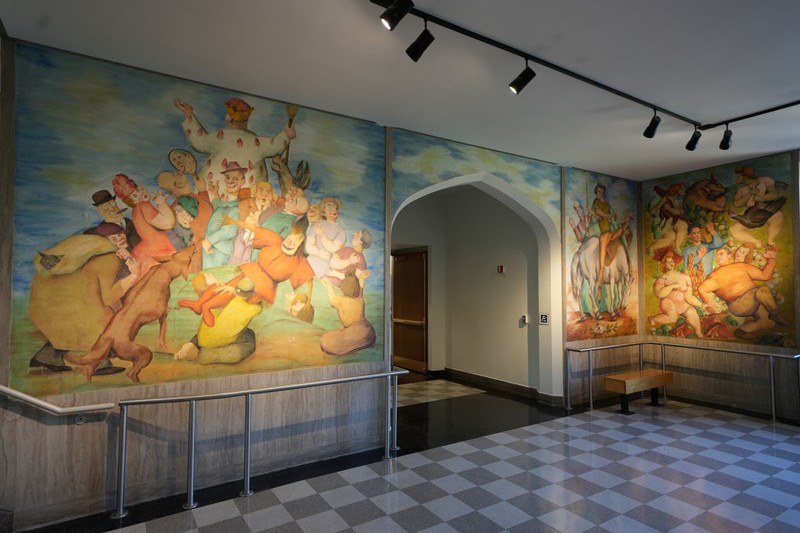
Quintanilla family portrait in the Don Quixote and the Modern World mural

Luis Quintanilla sketched student Helen Lynd for his mural
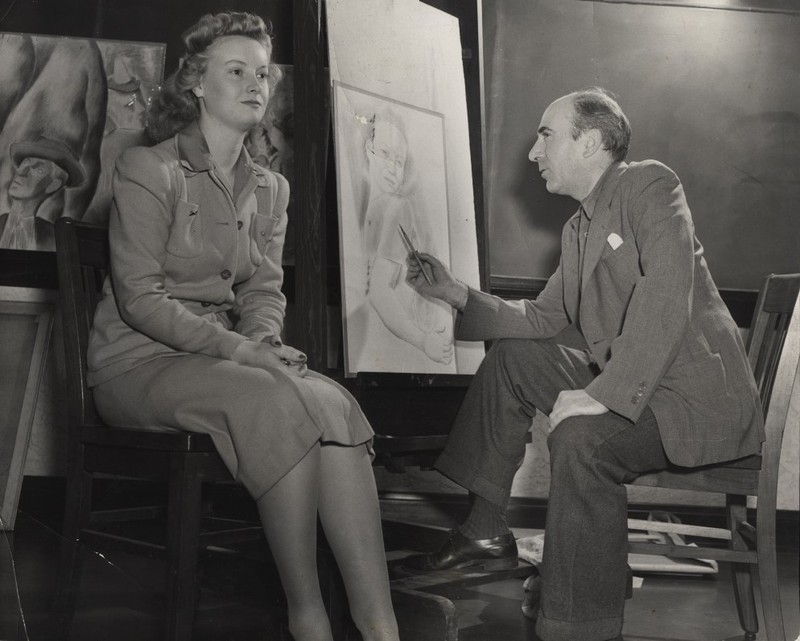
T.P. Benton as he appears in Joseph Fleck's mural the Seasons at the University of Kansas City
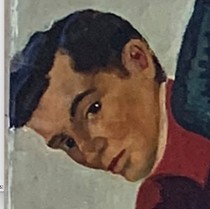
Artist Joseph Fleck
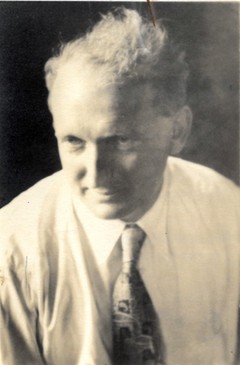
Indian Summer by Joseph Fleck. Part of his Seasons at the University of Kansas City Mural.
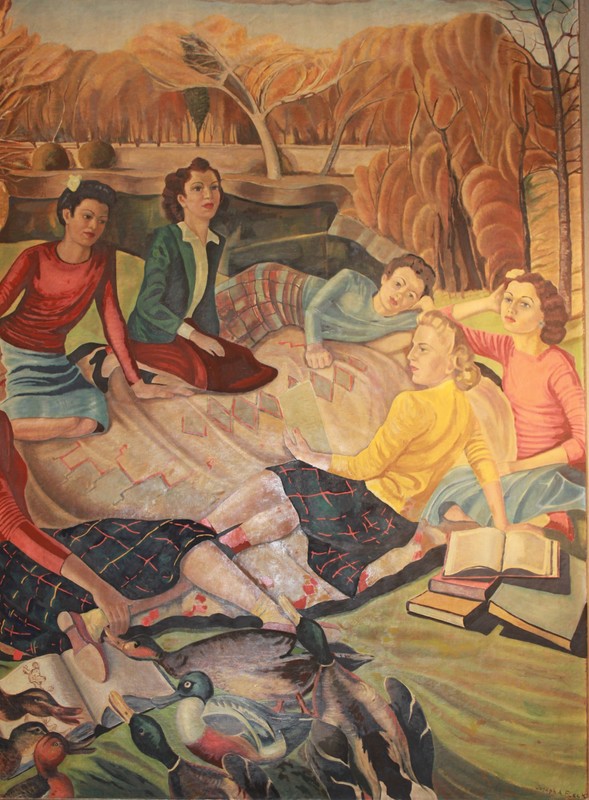
UMKC's Women's center on the first floor of Haag Hall
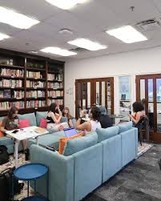
Backstory and Context
Text-to-speech Audio
Only four years after its 1933 founding, the University of Kansas City had grown from one building to a small campus with several new buildings and over eight hundred students. After the library was completed in 1936, the greatest demand was more classroom space and a cafeteria. Prior to the completion of this building, students ate in the attic of the Administrative Building which was becoming exceedingly cramped.
The new Liberal Arts Building, as it was known until renamed for the anonymous donor who funded it, met the need for a cafeteria while also doubling KCU's classroom space. The building was located next to the school's original entrance on Rockhill Road and given its location across from Scofield, Manheim, and Newcomb, the new building formed the quad that continues to shape the center of the UMKC campus.
In 1936, an anonymous donor gave the university$225,000 for a building that would more than double the campus' classroom space. Students, faculty, and the local media speculated about the identity of the anonymous donor. Given his support for the university and his propensity for making anonymous donations, many assumed William Volker was also the funder behind this building. Volker was quick to correct the record, but since he regularly denied involvement with his philanthropy, the man known as "Mr. Annonymous" was assumed to be the donor. In 1951 the will of another philanthropist, Lena Haag, revealed that she had shared her inheritance with the fledgling university when her father passed away. William Volker was still involved, as Lena Haag had come to him for advice about how she could honor her parents and he suggested funding the building. Her will then bequeathed another $200,000 to the university for scholarships. When the students learned of Haag's generosity, they requested the building be named for her. The building was renamed and a memorial plaque with her and her parents' names on it was also installed in the building.
Building planners included a bell tower on the top of the building and Howard Treadway, a member of the university's board of trustees, was persuaded to donate his prized possession, the bell from the historic riverboat Valley Queen, to hang inside it. The 1100lb bell was cast in 1879 and had been placed on a couple of different riverboats that had plied the waters of the Ohio, Cumberland and Missouri Rivers. Most recently it had been on the riverboat Valley Queen, which offered passenger and freight service between Kansas City and Omaha. When the boat crashed on a sandbar outside of Omaha in 1933, Treadway purchased the salvage from the boat including the bell, which he placed on a tugboat he owned at the Port of Kansas City. At first he didn't want to give the bell up. However, when he thought back to his days as a student at the University of Michigan, he fondly remembered the ringing of the campus bell. He wanted to provide that memory for the students of the University of Kansas City and donated the bell to the new building. For the next twenty years it rang in between classes. However, as the university grew, it was no longer practical to ring the bell. It rang one last time in 1983, during the university's 50th anniversary. Today UMKC is attempting to repair the bell so that it can ring again.
This building is also home to two amazing art pieces. In 1940, Spanish Artist and political refugee Luis Quintanilla became the university's first artist in residence. In addition to teaching, Quintanilla created the mural entitled Don Quixote in the Modern World on the second floor landing. The mural is a retelling of the story of Don Quixote but set in 1940 America. It also provides a cautionary tale about the perils of the fascism and war that was swallowing Europe. The models of the murals were the university's students, staff and faculty. The university's president Clarence Decker and his wife Mary also appear in the mural as do Luis Quintanilla himself with his wife Janet and infant son Paul. As Quintanilla's last known mural, this artwork is priceless.
The third floor landing is the home of The Seasons of the University of Kansas City by Austrian born artist Joseph Fleck. He was artist in residence at the university from 1943-1945. Like Quintanilla, the models for Fleck's mural were drawn from the university's student, staff and faculty. Famous Kansas City artist Thomas Hart Benton's son T.P Benton, a student at the university, is depicted in one of the panels. Each panel represents a season at the university. The "Indian Summer" panel depicts the campus pond, which was long ago filled in but was once a beloved feature of the university.
Today Haag Hall houses classrooms, faculty offices and the UMKC Women's Center in the original cafeteria space. The Women's Center was founded in 1971 and has been part of the university for over 50 years. It has as its mission to advocate, educate, and provide support services for the advancement of women and gender equity on campus and within the community at large.
Sources
Wolff, Christopher. A Pearl of Great Value: The History of UMKC, Kansas City’s University. Kansas City, Missouri. UMKC Alumni Association, 2016.
Campus History: Haag Hall, KC Roo News. September 27th, 2010. Accessed September 10th, 2022. https://kcroonews.com/campus-history-haag-hall/.
Froehlich, Judy. Lena Haag, Find a Grave. Accessed September 10th, 2022. https://www.findagrave.com/memorial/54550684/lena-haag.
About Us, UMKC Women's Center. Accessed September 23rd, 2024. https://info.umkc.edu/womenc/about-us/.
Decker, Mary Bell. Decker, Clarence Raymond. A Place of Light: The Story of a University Presidency. New York, New York. Hermitage, 1954.
"New Bell to Call Classes Soon." The Kansas City Star (Kansas City) October 15th, 1937. .
Ewing-Pace, Rachel. "For Whom the Bell Tolls." The Unews (Kansas City) September 29th, 1983. .9.
Photo by David Trowbridge
Find a Grave - Judy Froehlich
Photo by David Trowbridge
UMKC, University Archives photo k_1_191_9-00001
Find a Grave - Judy Froehlich
Kansas City, Missouri Public Library, Missouri Valley Collection
Chris Wolff, UMKC Historian photo
Photo by David Trowbridge
Chris Wolff, UMKC Historian collection
UMKC, University archives photo
Chris Wolff, UMKC Historian photo
UMKC, University Archives photo
Chris Wolff, UMKC Historian photo
UMKC Women's Center Facebook page. https://www.facebook.com/umkcwomenc/
